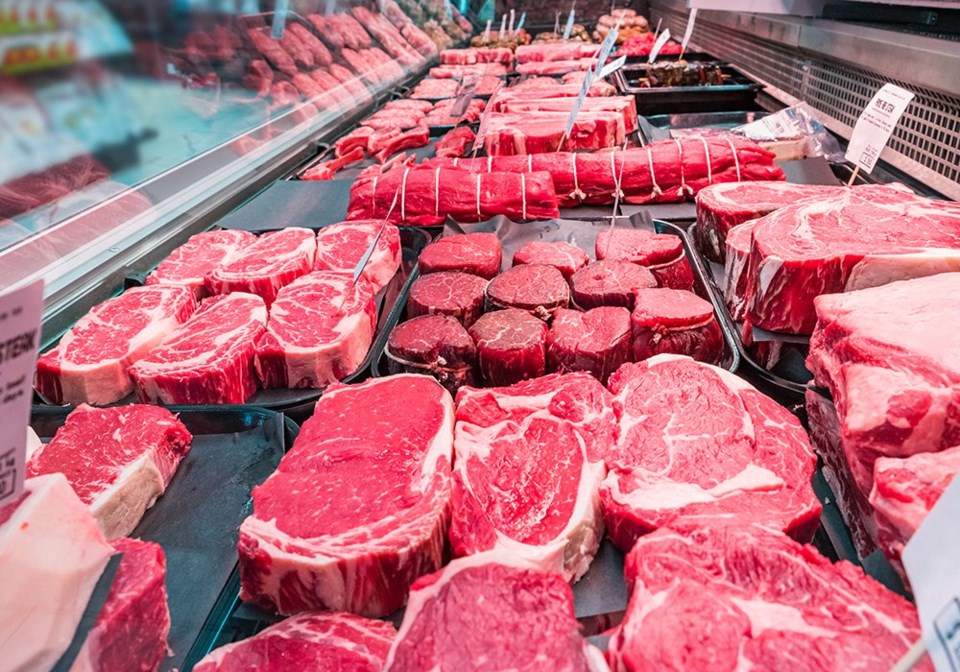WESTERN PRODUCER — Persistent labour shortages will jeopardize the agricultural supply chain without a strategy to deal with them, the Commons agriculture committee has heard.
The committee launched a study of the supply chain earlier this month and witnesses so far have been clear that labour is a top concern. The lack of workers was evident even before the pandemic and while the system performed relatively well during COVID it is doing so with fewer workers.
Kathleen Sullivan, chief executive officer of Food and Beverage Canada, said in her sector the vacancy rate climbed from 10 percent before the pandemic to 25 percent now. She said during the past two years, the food supply chain has been under debilitating pressure, with more than 90 percent of food companies experiencing supply chain issues. The disruptions have come from the pandemic, natural disasters, transportation infrastructure issues and price inflation.
“Today, on average, Canadian food and beverage manufacturers are short 25 percent of their workforce. That is an absolutely staggering figure. The labour shortage has resulted, we estimate, in a more than 20 percent reduction in output,” she told the committee.
Food and beverage makers are the largest manufacturing employers in the country.
Her organization has asked for an emergency foreign worker program to build on the existing temporary foreign worker (TFW) program but has not had a response from the federal government.
Sullivan said manufacturers, unlike primary agricultural employers, are limited to 10 percent TFWs in their workforce.
“Just increasing that cap by any amount would be helpful,” she said. “We are suggesting 30 percent. Ideally, in a perfect world, during a crisis we wouldn’t have any cap at all but we have suggested 30 percent might be something that could be tolerated by the federal government.”
Marie-France MacKinnon, vice-president of public affairs at the Canadian Meat Council, agreed. CMC members are also subject to the cap.
She said three years ago there were 1,700 empty butcher stations. This time last year there were 4,500 vacancies, and in October there were 10,000.
“This number is alarming,” she told the committee. “I challenge any industry or sector to compare the work and effort our members do for recruitment and retention, yet we’re still faced with 10,000 empty butcher stations.”
Transportation infrastructure and disruption are also concerns. Sullivan pointed to the 2019 rail strike, 2020 pipeline and rail protests, 2021 natural disasters and the recent border blockades.
“Every year we have some other incident that impacts the transportation infrastructure in this country,” she said. “Clearly we need to take a step back and figure out how we create surge capacity here because it just layers more and more on us.”
Bob Lowe, chair of the Canadian Cattlemen’s Association, identified similar issues.
He said processing capacity, labour shortages and trade route interruptions point to the need for investment.
“If we can learn one lesson from the last three years, it’s that investment in resilient infrastructure, quick responsive emergency programs and a prioritization of trade is critical to long-term resiliency,” he said.
The lack of labour puts agriculture’s growth potential at risk, he observed.
Lowe said the shortage is in every province and every commodity, which affects production levels and supply chain resilience.
“We are a trade-dependent industry exporting 50 percent of what we produce in the beef sector. We need to be able to get our products to market, but also be able to import products when faced with challenges such as processing capacity.”
Lowe also said long-term success depends on investment in transportation corridors so they can withstand extreme events. Roads, rail and ports all need to be maintained and ready to deal with climate change impacts, he said.
“Also, rural infrastructure needs to be prioritized and invested insignificantly by the broader community as it is the basis of much of Canada’s (gross domestic product). We recommend committing essential rural infrastructure investments, including but not limited to irrigation, roads, bridges, flood mitigation and expanding on rural broadband Internet that is both reliable and affordable.”




